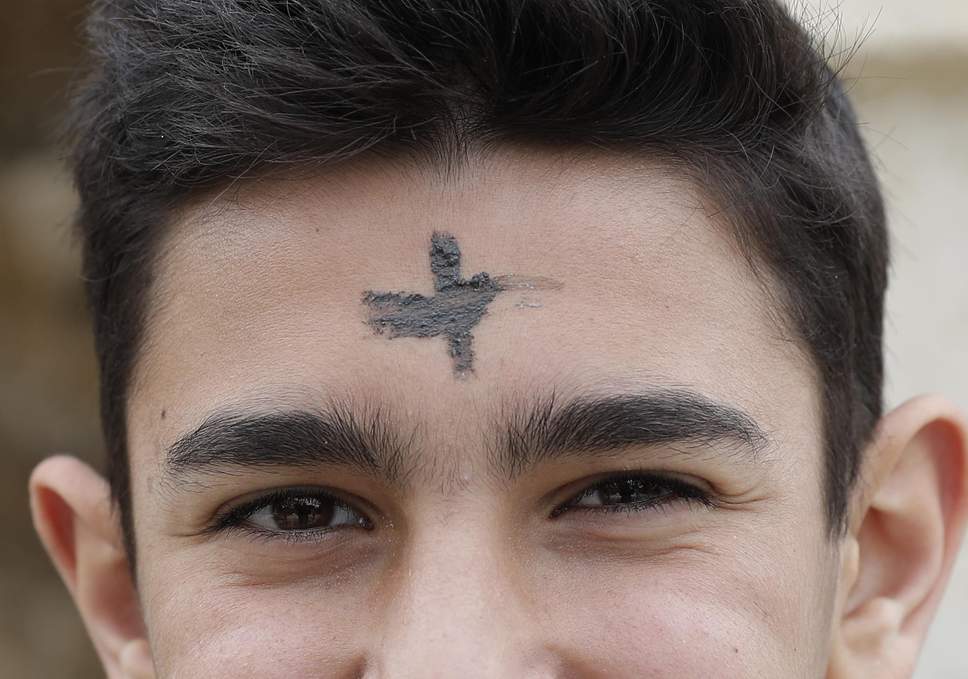Christianity is an eastern religion. Jesus appears in the Quran (so does Mary) and for more than 600 years, Christ’s followers had it all to themselves in the Middle East.
So there I was this week, staring at a picture of the Virgin Mary, painted at Melitene (now Malatya in present-day Turkey), its real home in Damascus – since it belongs to the Syriac Patriarchate, but is currently kept in Lebanon because of the war – and stunned at Mary’s deeply embroidered cloak (black and blue) and the brassy shine of her golden halo. And I noticed the date. 1065. Harold had yet a year to live before his death at the Battle of Hastings. We survived the Normans. But will Christians survive the Middle East?
Possibly yes. For this wonderful painting appears at an equally wondrous exhibition at the Institut du Monde Arabe (IMA) in Paris, a place where you might expect to see more treasures from Saudi Arabia and the Muslim world than from the Christians. But then you have to remember that Christianity is an eastern religion, that Jesus appears in the Quran (so does Mary) and that for more than 600 years, Christ’s followers had it all to themselves in the Middle East – since the Prophet Mohamed was born in June 632 AD. And, I hasten to add, the Christians of the Arab world are – of course – also Arabs. And Muslims regard Jesus as a prophet (but not the son of God). But there you have it. The Virgin holds a scroll in her hand upon which the words are written in Greek and Estrangelo, the oldest version of the Syriac alphabet. Aramean was the language which Christ spoke – it is still spoken today in towns north of Damascus; I have heard the people there singing in Aramean, both before and after the Islamists arrived to try and kill them.
And here, of course, we reach the problem. Can the Christians stay in the Middle East now that they are tortured and murdered for their ancient religion? In the early 20th century, the Christians made up 20 per cent of the population. Now they are somewhere between 10 and 15 per cent. Who can blame them? A clutch of prelates in the northern Syrian city of Qamishli told me two years ago that if the Christians left, they would be “absorbed” by a secular world in the West and lose their religion. They told me that the West should urge them to stay. And I recalled how a martyr-cleric in Mosul was murdered by a Muslim gunman who asked him why he did not close his church as he was ordered to do. The Christian said that he could not close the house of God. And he was shot, along with two of his fellow clerics.
Without the Christians, as the French Catholic newspaper La Croix said last week, the Middle East would be a “radically different place”. I suspect it meant that Christians were more “democratic” than Muslims – that is certainly what many Lebanese Christians say today – but Christians were also part of the Islamic heritage. When the Abassid Caliph Haroun al-Rashid opened the doors of the House of Wisdom in Baghdad in 832 AD, Christians translated Greek texts into Syriac – and then into Arabic. Christian art – the IMA is about 300 yards from Notre Dame and well worth a day’s Eurostar trip – was deeply influenced by Islamic painting, especially of flowers. And take a look at the 17th century icon of St Simeon Stylites (he who lived on top of a pillar in northern Syria) which was painted at that great home of all icons – Aleppo!
As for the IMA, it seems that an exhibition on the pilgrimage to Mecca three years ago demonstrated the French public’s interest in Middle East religions, although in 2000 it hosted a display of Egyptian Coptic art, and Lebanese Christian works three years later. The institute’s permanent collection now includes holy books and religious objects from Judaism and Christianity. Amazing to find all this in Paris, in a country so brutally struck by “Islamists” these past years, where you might expect to find empty corridors rather than packed rooms where visitors literally stumble over each other to get close to the artefacts.
Christians in the Middle East, as one of the curators of the exhibition says, “do not want to be regarded as a minority, a ‘residue’. They want to be fully citizens of their country.” Rightly so. But how do we encourage them to stay? And – have you spotted this – the problem is that word I just used: ‘we’. It is, surely, for the Muslims to encourage them to stay. Tarif Khalidi, the most recent translator of the Quran, has written about Christ’s miracles in Islamic texts. He is also a proponent of humanism in Muslim education, an old friend of the late Christian (Protestant) academic Kamal Salibi, a Beirut professor of history. Khalidi was always impressed by the Imam Musa al-Sadr, who revived Muslim interest in Jesus and Mary and who would lecture in churches with the cross right behind him – until Ghadafi had al-Sadr murdered in Libya in 1978, (though not for religious reasons).
Yes, I guess Christians belong in the Middle East. Strange it is how often I’m told (yes, usually by Americans) that Christianity is a Western religion. So go to Paris and realise it’s not true.
By: Robert Fisk
Source: Independent.co.uk






